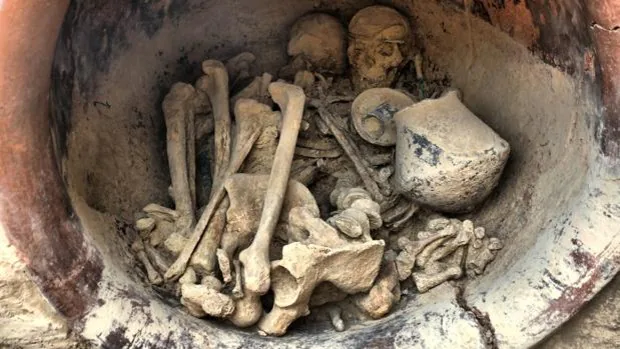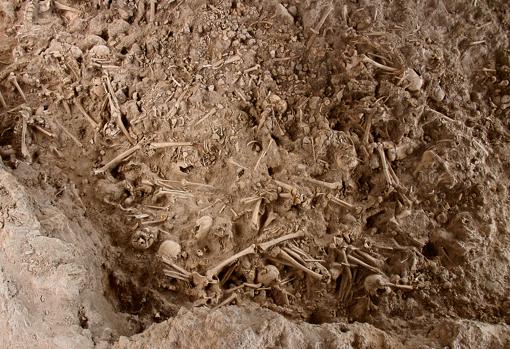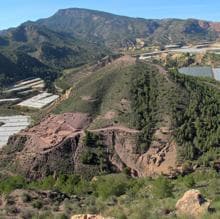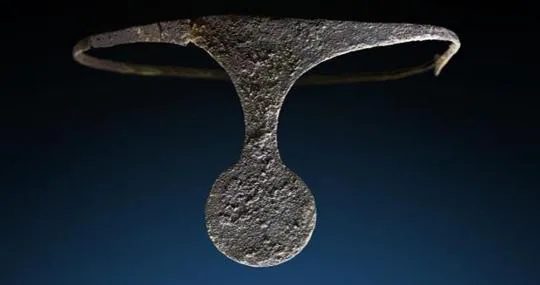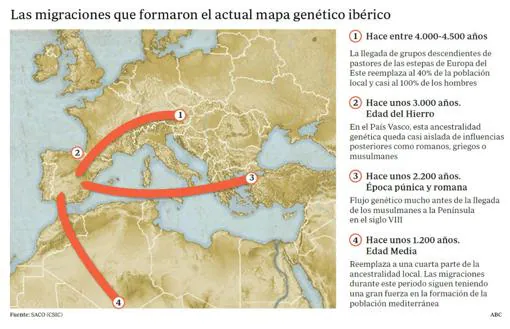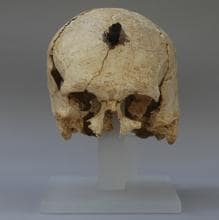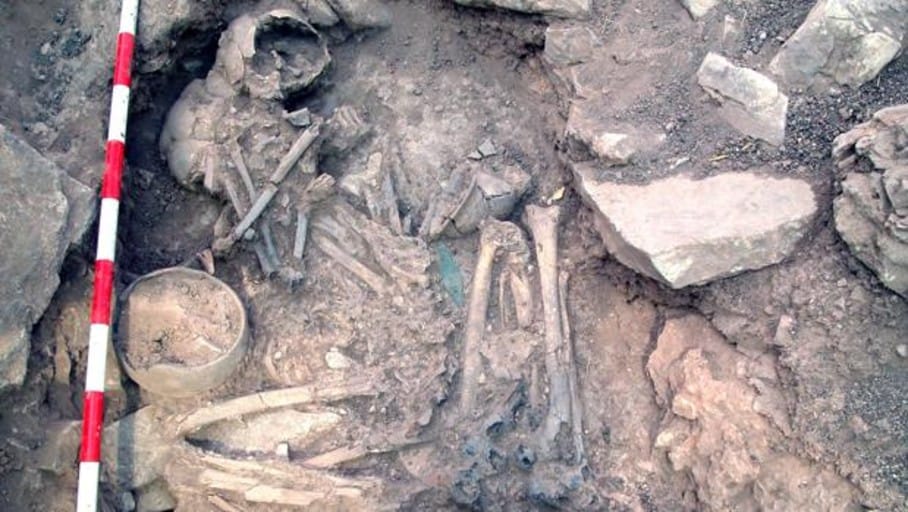Montuno
...como el Son...
Viking attack on Seville (3) :
attack occurred during the Umayyad Emirate of Córdoba in 844Attack, capture and recaptureEdit
Main article: Battle of TabladaOn September 25, the Vikings arrived near Seville after going up the Guadalquivir . [ 5 ] They established a base on Isla Menor, a defensible island in the marshes of the Guadalquivir . [ 5 ] On September 29, the local Muslim forces engage the Vikings but are defeated. [ 13 ] The Vikings took Seville on 1 or 3 October after a brief siege and significant combat. [ 13 ] [ 14 ] [ 5 ] [ 12 ]They sacked the city, and according to Muslim historians, inflicted on its inhabitants the "terrors of imprisonment or death" and spared "even pack animals". [ 2 ] [ 13 ] [ 14 ] Although the non-walled city of Seville was captured, its citadel was held by the Muslims. [ 12 ] The Vikings unsuccessfully tried to set fire to the great mosque that had just been built in the city. [ 15 ]

Musa ibn Musa al-Qasi , one of the Muslim commanders who fought against the Vikings.
.
When Abd ar-Rahman II learns of the fall of Seville, he mobilizes his troops under the leadership of the hajib , Isa ibn Shuhayd. [ 14 ] He Summons the governors of neighboring regions to incorporate his men into force to face the invasion. [ 14 ] They met in Córdoba, and then marched to Axarafe (present-day Aljarafe), a hill near Seville, where Isa ibn Shuhayd has his main headquarters. [ 14 ] A contingent led by Musa ibn Musa al-Qasi , leader of the semi-independent principality of Banu Qasilocated to the north, he joins these forces despite the political rivalry between Musa ibn Musa and Abd ar-Rahman, playing an important role in the campaign. [ 2 ] [ 16 ]
During the following days, both sides clashed numerous times, with mixed results. [ 4 ] [ 12 ] Finally the Muslims won a major victory on November 11 or 17 at Talyata . [ 12 ] [ 4 ] [ 17 ] According to Muslim sources between 500 to 1000 Vikings were killed and 30 Viking ships were destroyed. [ 4 ] [ 5 ] (Muslims used Greek fire, an incendiary liquid launched with catapults, to burn the ships of the invaders. [ 5 ] ) Muslim sources indicate that the Viking commanders were killed and at least 400 men were captured, many of whom were hanged from the palm trees of Talyata. [ 5 ] [ 4 ] The remaining Vikings retreated to their ships and sailed down the river while the inhabitants of the coastal areas harassed them by throwing stones at them. [ 3 ] Soon the Vikings offered to trade some of the loot and captured prisoners for clothing, food, and the ability to continue their course unmolested. [5 ] [ 3 ] Later, they rejoined the rest of the fleet on shore. The weakened fleet, pursued by Abd ar-Rahman's ships, left the Iberian peninsula after a brief attack on the Algarve . [ 5 ]
Last edited:







